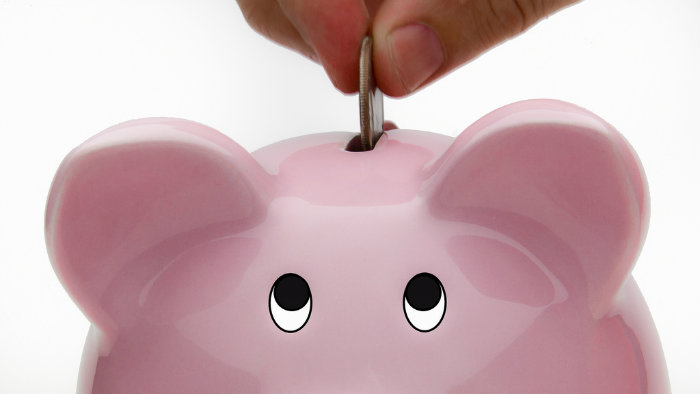I continually meet millennial investors who sheepishly admit they haven’t started saving inside their TFSAs.
Some have reasonable excuses, at least on the surface. Some are focusing on RRSPs because they have employers who will match contributions. Others can barely make their paycheque cover necessities, never mind saving. I even had the pleasure of talking to an investor once who’s convinced the government will revoke the tax-free status from everyone’s TFSA.
Most Canadians should be using their TFSAs as a primary investing vehicle. There’s no matching the flexibility offered by this powerful savings account. It’s that simple.
Mistakes aren’t just being made by those investors who avoid TFSAs. Even some Canadian investors who have substantial TFSA accounts are also making some pretty big errors with their money. Here are three of the worst mistakes you can make with your TFSA.
Day trading
It might seem attractive to move in and out of positions inside your TFSA, since capital gains tax is never owed.
There are three issues with taking a day trading philosophy with TFSA assets. The first is, an investor who constantly bounces in and out of positions will never collect dividends, which make up a major part of overall returns.
Second, commissions can be killer. Most brokerages charge between $5 and $10 per trade. That really adds up over time.
I saved the biggest red flag for last. Day trading is specifically against TFSA rules. If the CRA discovers you’ve been excessively trading in the account, you may have a big tax liability, plus additional penalties.
Over-contributing
It can be difficult to keep track of how much you have in your TFSA, especially if assets are spread out over many financial institutions. It can be doubly tricky if you’re actively making withdrawals and then putting cash back in.
Over-contributing can result in some pretty major penalties. The standard fee for putting more than you’re allotted into a TFSA or RRSP is 1% per month.
The easy way to avoid this issue is to keep all of your TFSA cash in one account at one place. Using the fund as a long-term savings vehicle is another way to keep things organized. If you don’t take money out, then you won’t have to worry about putting it back correctly.
Buying crummy stocks
Some investors — myself included, at least when I first started investing — see TFSAs as an opportunity to do a little short-term trading. I’m talking about buying undervalued stocks and then selling them a few months later for a solid gain. This is perfectly within the rules.
Hudson’s Bay (TSX:HBC) is a great example. I first bought the stock in 2014 around the $18/share mark, hoping to flip the stock when it announced plans to spin off the real estate into a separate company. A few months later, it happened, and I was fortunate to sell most of my position at $28.
But I would never buy Hudson’s Bay today, even as it languishes at less than $8 per share. The company still has plenty of valuable real estate, which is mostly a distraction from the crummy main business. Retail is a tough sector at the best of times, and Hudson’s Bay compounded that by making what appears to be an ill-advised expansion into Europe. Sales numbers in North America aren’t much better, either.
There might be value there, but I’d much rather find a great company I can buy and hold for a long time. BCE (TSX:BCE)(NYSE:BCE) is exactly that kind of stock.
BCE has a wonderful wireless business, a solid wireline division that is capitalizing on our desire for faster internet, and it controls some of Canada’s best media assets. It also owns a portion of some of the most valuable sports franchises in Canada, including the Toronto Maple Leafs and Raptors.
These assets all spin off plenty of cash flow, which leads to one of the best dividends out there. BCE shares currently yield 5.4%. Dividends are extra powerful in a TFSA because they can be reinvested without a tax penalty.
 Act Fast: 75 Only!
Act Fast: 75 Only!








